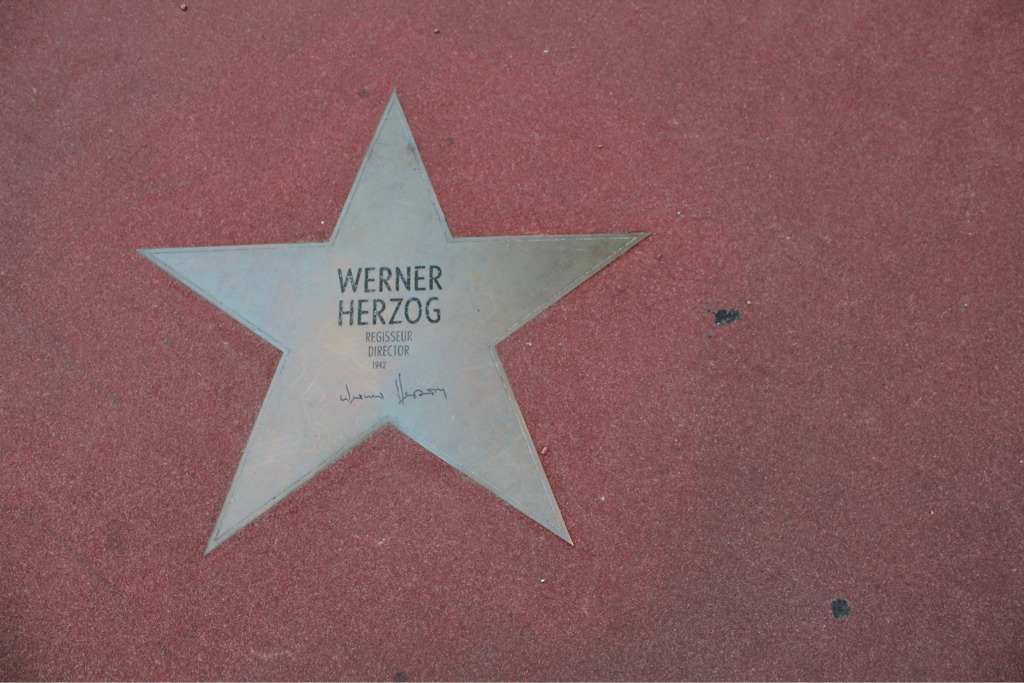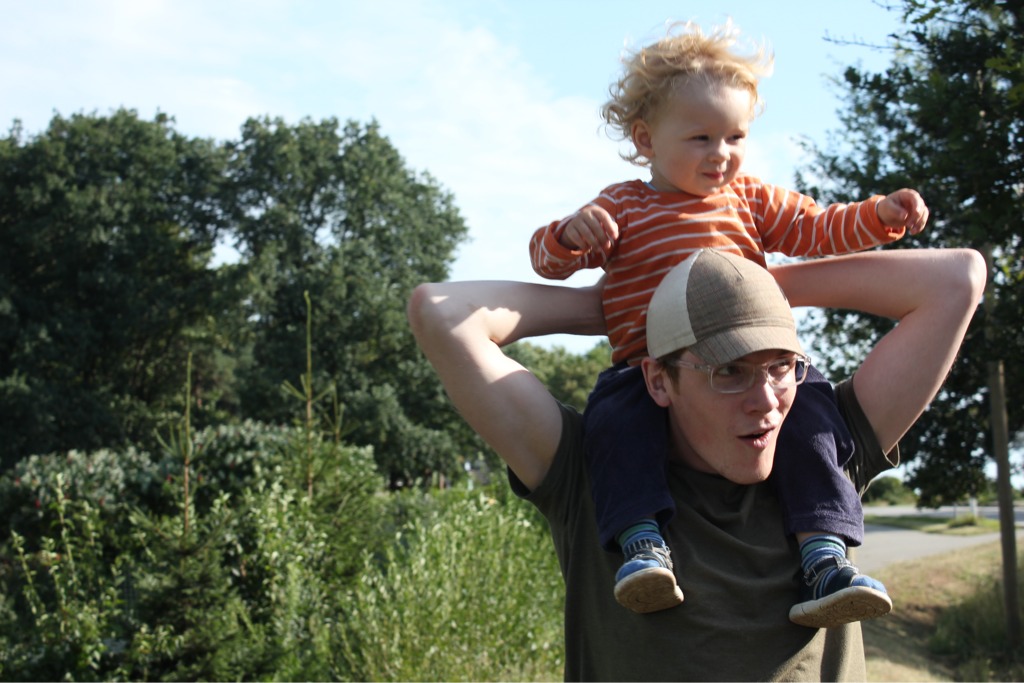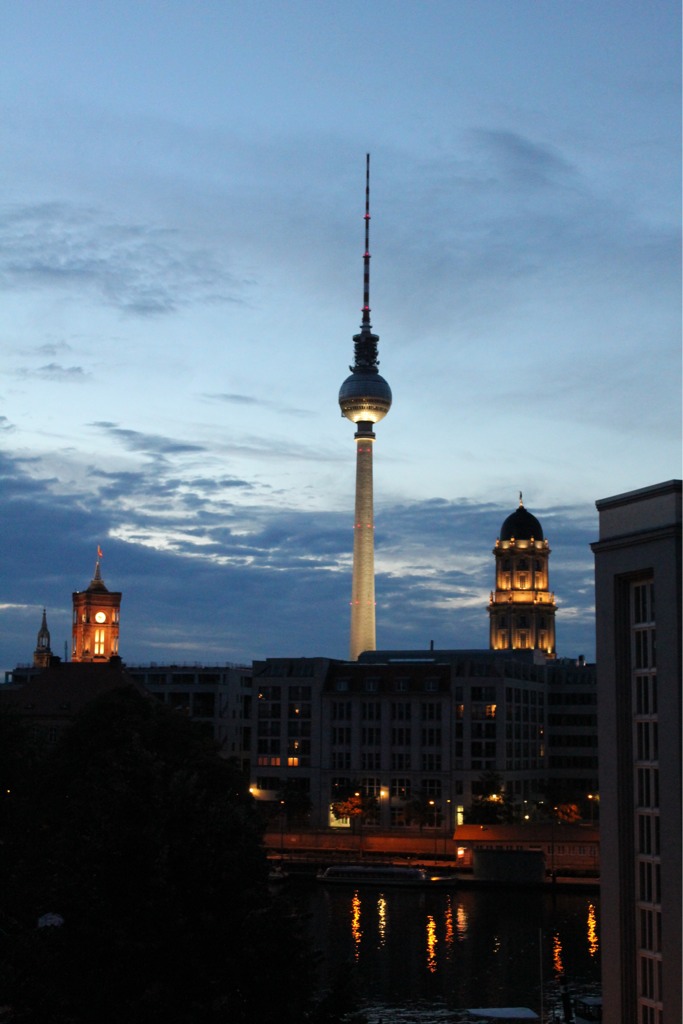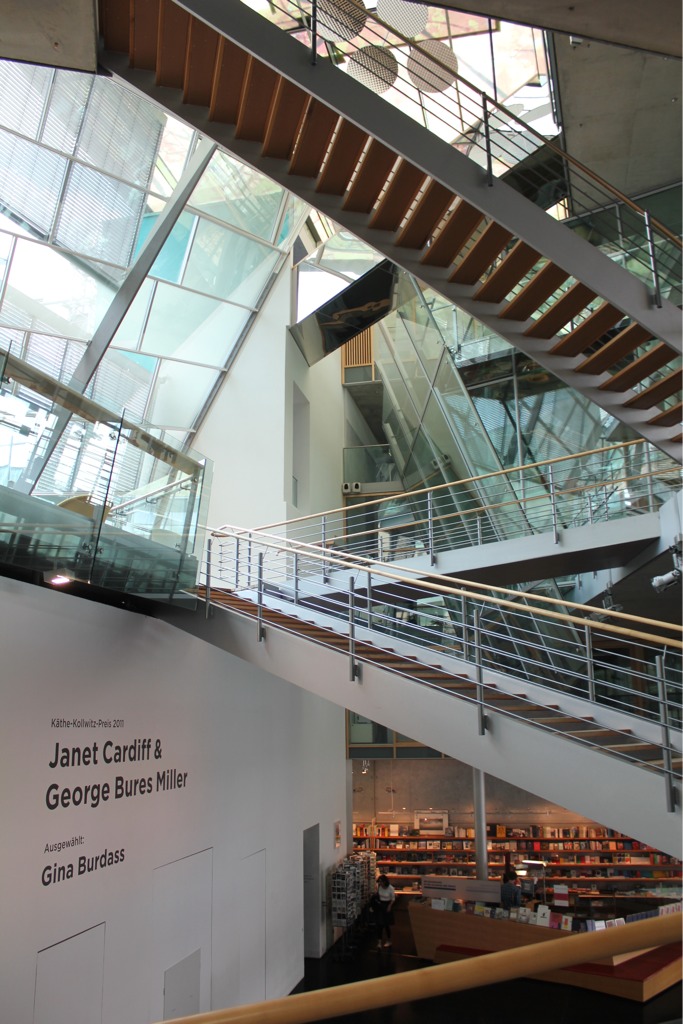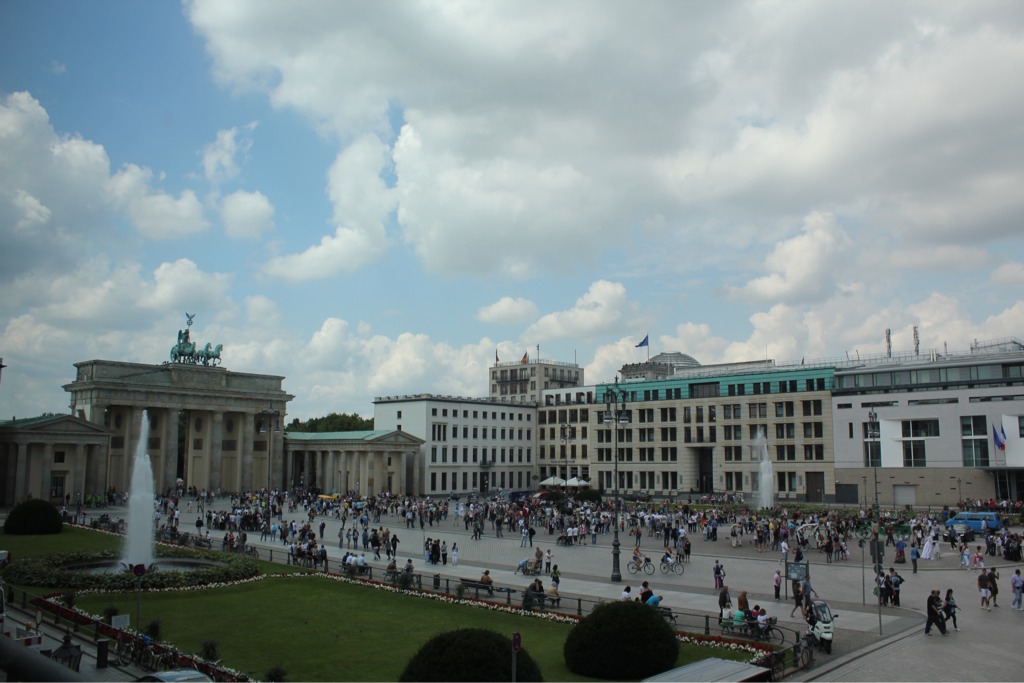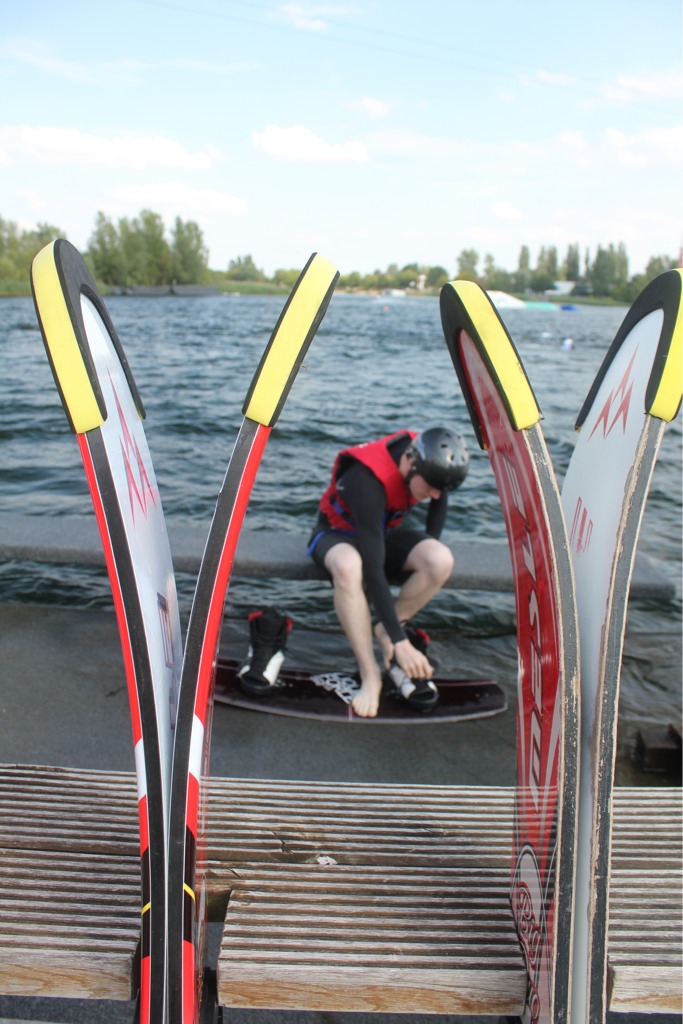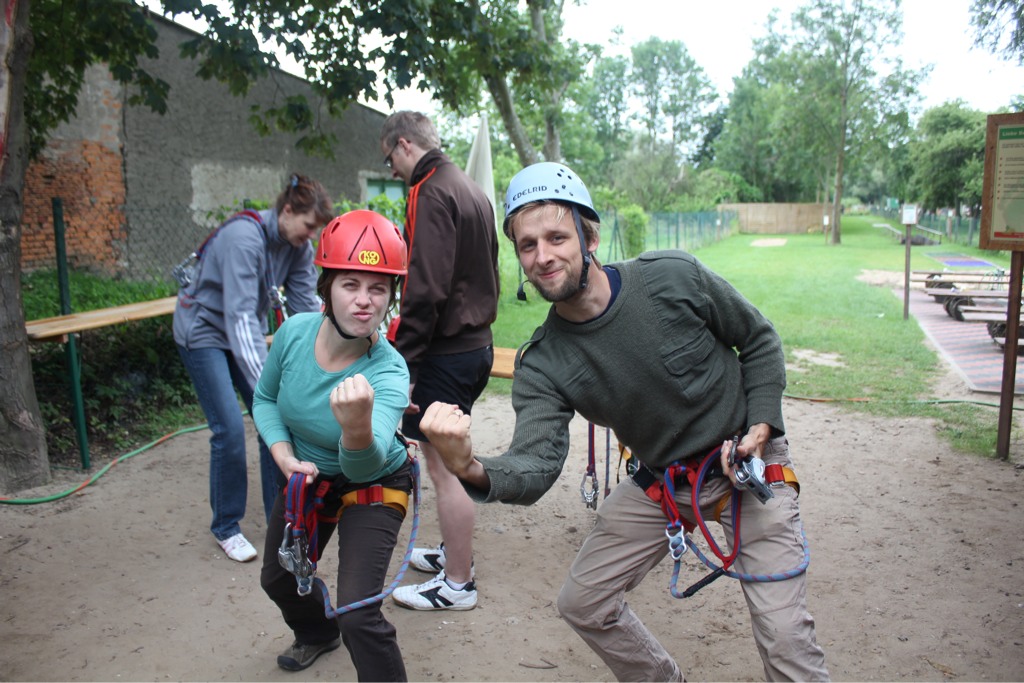Oh boy. Where to begin. We've been in Germany since June 28th and have gotten behind in our posting due to a few factors: lack of internet, uncertainty deciding which stories to post, and most of all actually, you know...doing stuff.
So. A round up. We took three trains to our funky purple and yellow room in a pensioners hotel (cheaper, it is worth noting, than a dorm room in a hostel) in the St. Georg neighborhood of Hamburg. We had only planned it as a one night stopover but in retrospect could have spent awhile longer. The street we were on was chockablock with bakeries, cool little shops, sidewalk cafes and, of course, a great little grocery store. After a much needed dinner, we discovered one of the better ice cream flavors either of us has had in awhile, though unfortunately we've had a hard time figuring out what it actually is: Waldmeister. Green, dry, floral, a little tangy...completely refreshing.
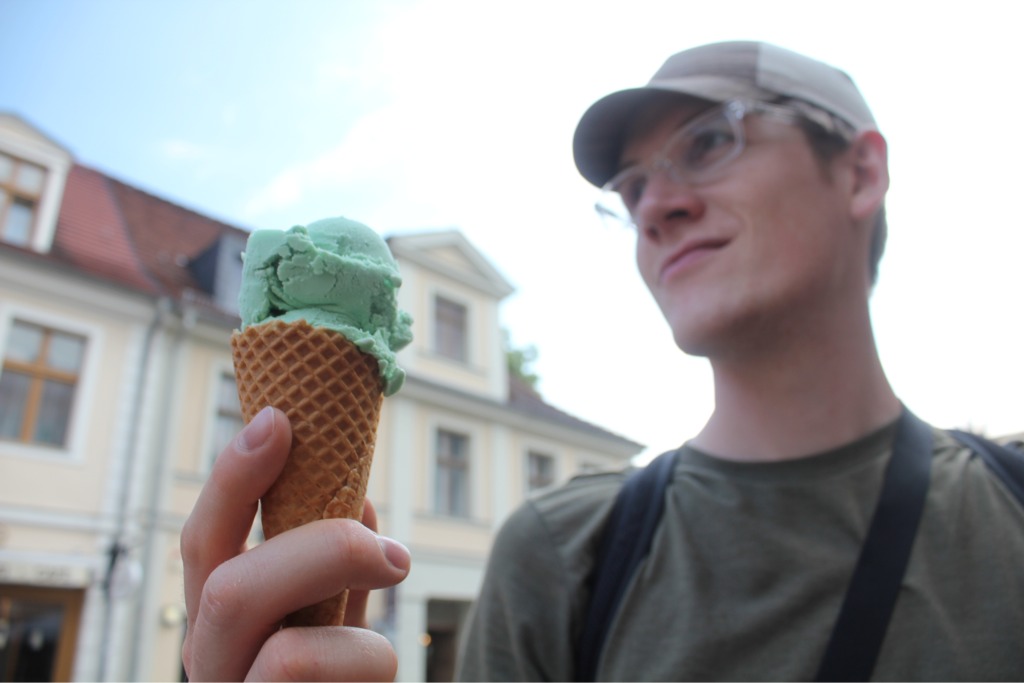
Onward! Three more trains brought us to the small town of Perleberg the following morning, where we boarded a bus for the tiny village (pop. 76) of Tangendorf, our second workstay. The stay would prove entirely different from our time working in Scotland, the focus here being not on farming, but on turning a collection of old farm buildings into an arts workshop and residency space. Given that it is still in the beginning stages of this transformation, much of what we worked on included things like clearing out an area for woodworking and machine work, taking down a wall (made of field boulders the size of a GDR
Trabi) that was to be eventually rebuilt, perfecting our non-existent masonry skills, killing flies, and installing a new (and perfectly level, *ahem*) crossbeam for a future cottage room.
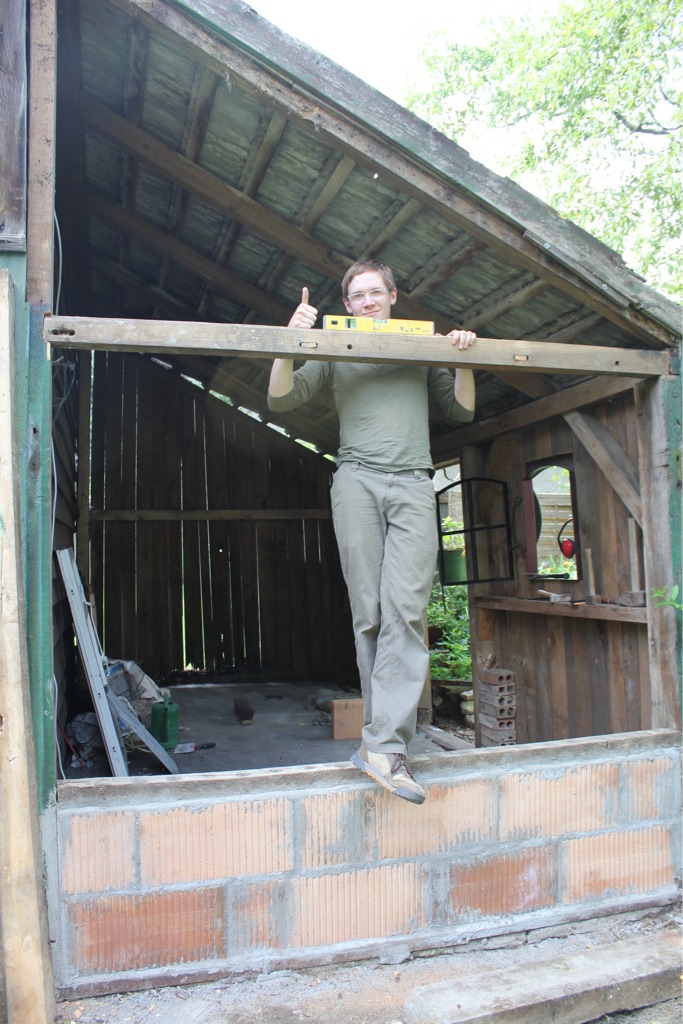
Since the space was formerly an operating farm in East Germany, there was a plethora of odd bits and rusted thingamajigs hidden about the place that our host, a mixed media artist, used frequently in his assemblage work. While cleaning out the woodshop, we, with our new Aussie friend/coworker Brendan, found ourselves amused at how often one of us would hold up a new item and exclaim amazement, question it's origins or just laugh at it.
Speaking of new friends, there was a large collection of volunteers staying here; some since before us and some that rolled in as we were gearing up to head out. Sadly, we didn't get to practice our German much here, but we were able to brush up on our Australian and British accents. Naturally, one of the volunteers, Kerk, was a native of Beverly, MA (a Boston suburb). He brought himself, his banjo and a lute from Morocco and provided nightly entertainment that you can hear here.
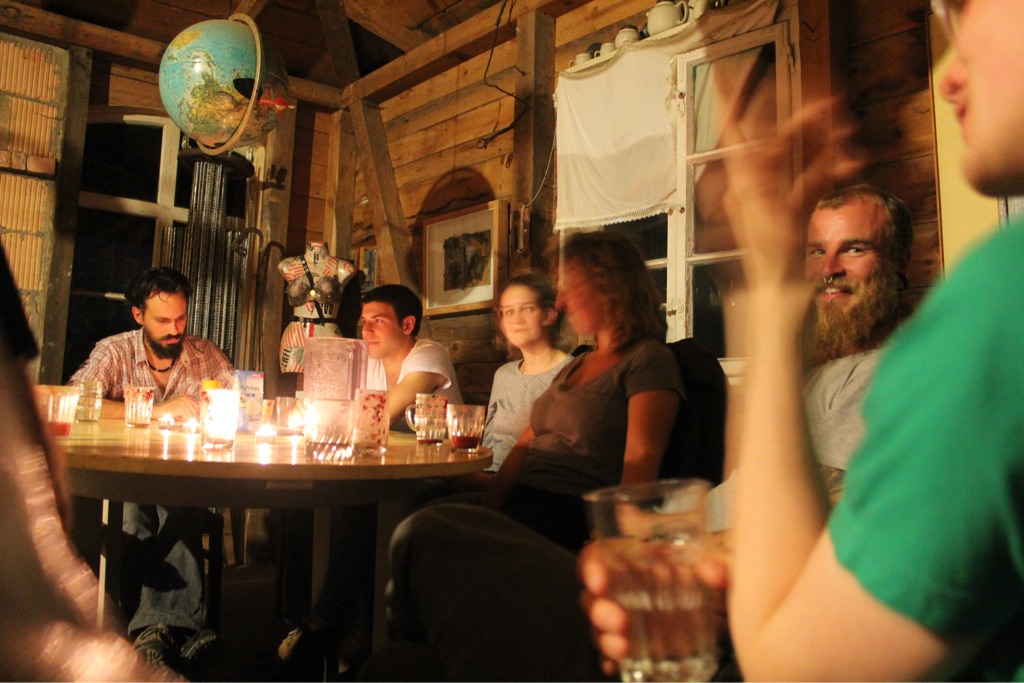
We also want to give a shout to Brendan and Merrisa from Brisbane who are on a similar, if reverse, journey to ours. The were full of positivity, historical tidbits, and general goodness. Here they are...hi guys!

We ended our time in Tangendorf a bit earlier than originally planned thanks to the strange smallness of this world. As a complete coincidence, the town of Pritzwalk is 24km from Tangendorf and happens to be the hometown of Robert, an exchange student and good friend that Eli's family hosted in 1998. We had gone into town to use the internet and make some calls in attempt to connect with Robert, with no luck. Upon arriving back in Tangendorf, we were greeted by his parents waiting for us at the gate. They had heard that we were there and came to whisk us away for a lovely dinner and dependable communication with their son. As broken German and English conversation and ideas bounced around, a new plan for us to visit Potsdam and their vacation home in Plau unfolded. Huzzah for several things: modern technology, surprises, parents everywhere, and the openness to follow what rolls in front of you sometimes!
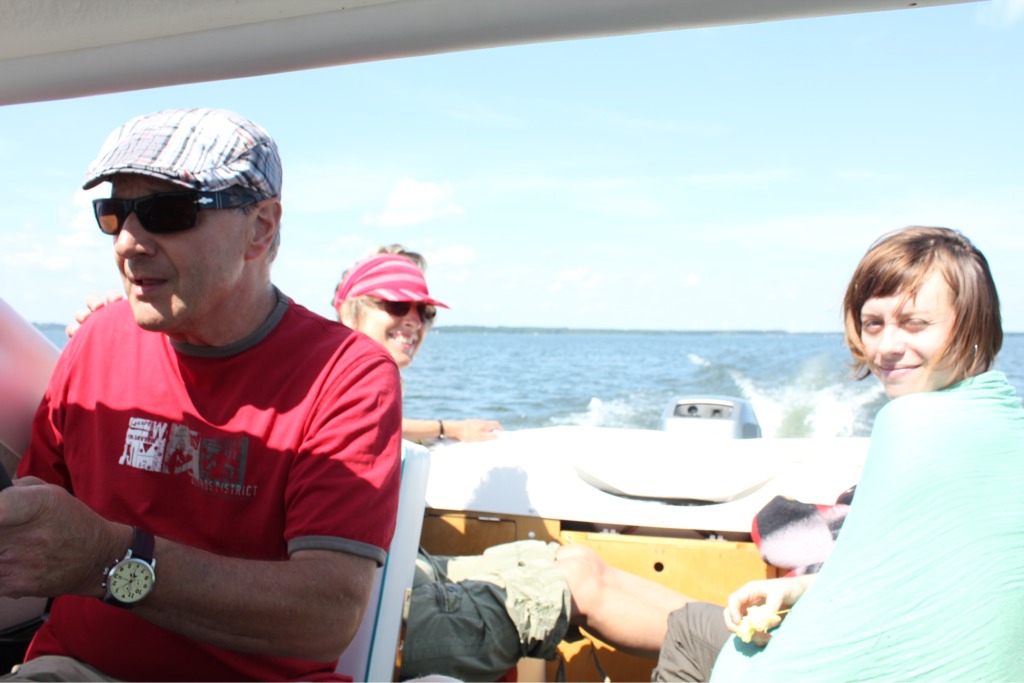

Thus, after a much needed sunny, swimming and boating filled day on the (third largest)lake(in Germany) with our travel angels, we packed our bags and headed to Potsdam to stay for a bit with Peter, Robert's twin brother and gracious host.
Potsdam. History! History! History! It's a quiet city of just over 150,000 that was built up, destroyed, overtaken, regained, and rebuilt seemingly endlessly over the years and through various wars. In the 1700's, Frederick the Great (also the second) left seemingly the most lasting marks here, covering the town with some beautiful, well kept, and large parks that are interspersed with magnificent sculptures and castles, the largest of which being Park Sansoucci (that's French for "without worries" - somewhat ironically given the opulence, size and location). It was his summer home, but it might be ancient Greece (what with all of the sculptures). Unclear.
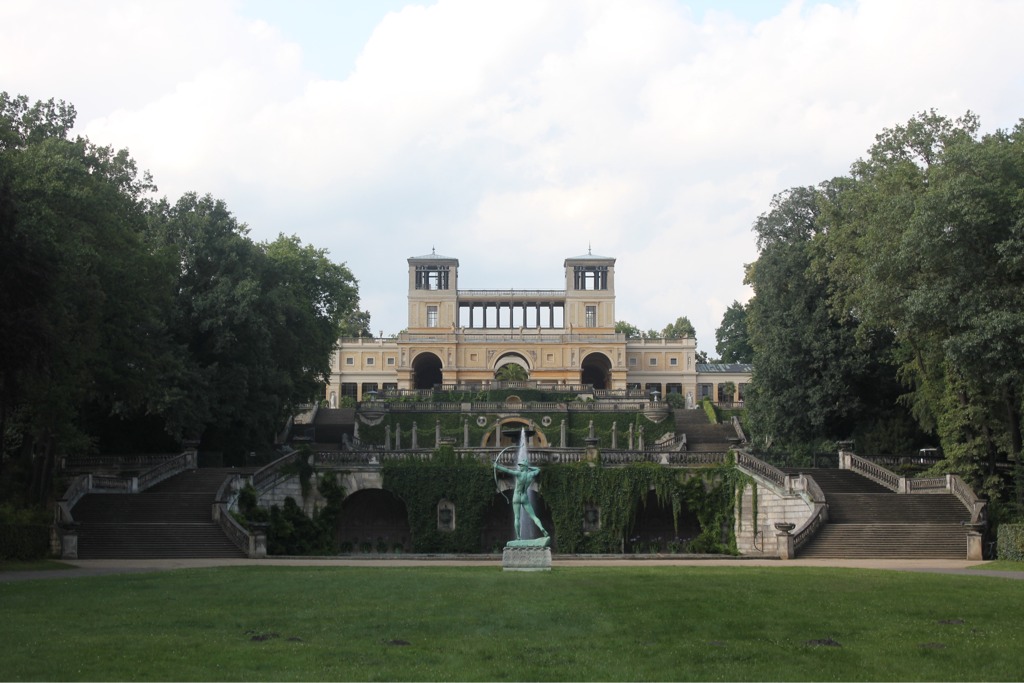

On top of all that, we found ourselves in town during Stadt Für Eine Nacht, an arts festival at the culture center in town (which includes the Fluxus museum) that had music, visual art, performance art, food, and everything in between. One of better performance groups either of us has seen doesn't seem to have much presence online but the work was called Timebank by Schirrof and looked kind of like this:


We'll leave you with that - two peeps in suits dangling from an old warehouse and swinging their briefcases to a metronomic click - for part one of our German adventures, as Timebank left us a bit speechless. For Part II: Warte bitte Einen augen blick.
Location:Raiffeisenstraße,Magdeburg,Germany
 New languages are an intriguing challenge. Even when you think you're doing it right, you're sometimes not. Even when you are doing it right, the person across from you is sometimes not prepared for it and is instead listening for whatever they're expecting to hear come out of your mouth. Case in point:
New languages are an intriguing challenge. Even when you think you're doing it right, you're sometimes not. Even when you are doing it right, the person across from you is sometimes not prepared for it and is instead listening for whatever they're expecting to hear come out of your mouth. Case in point:

